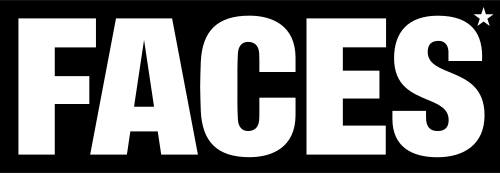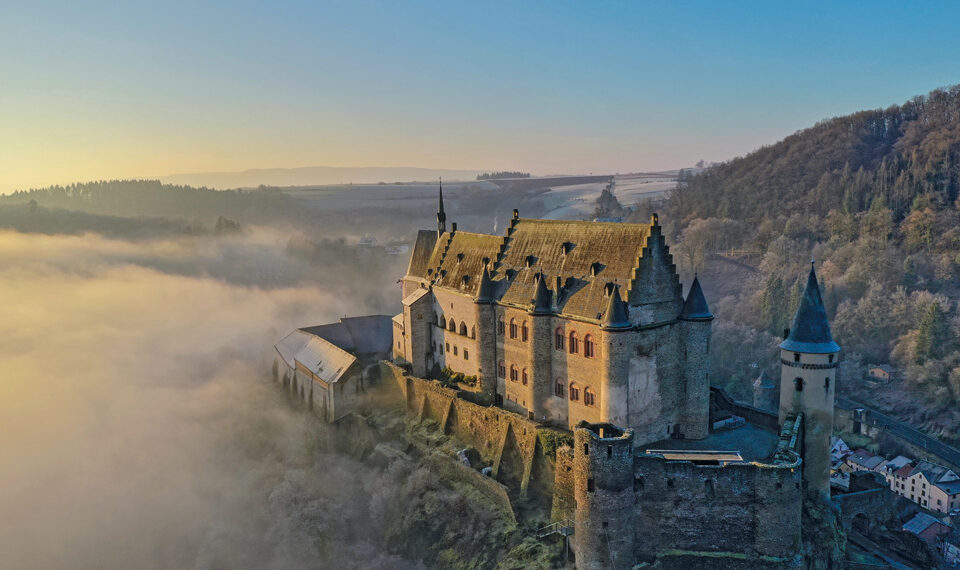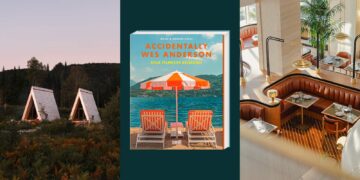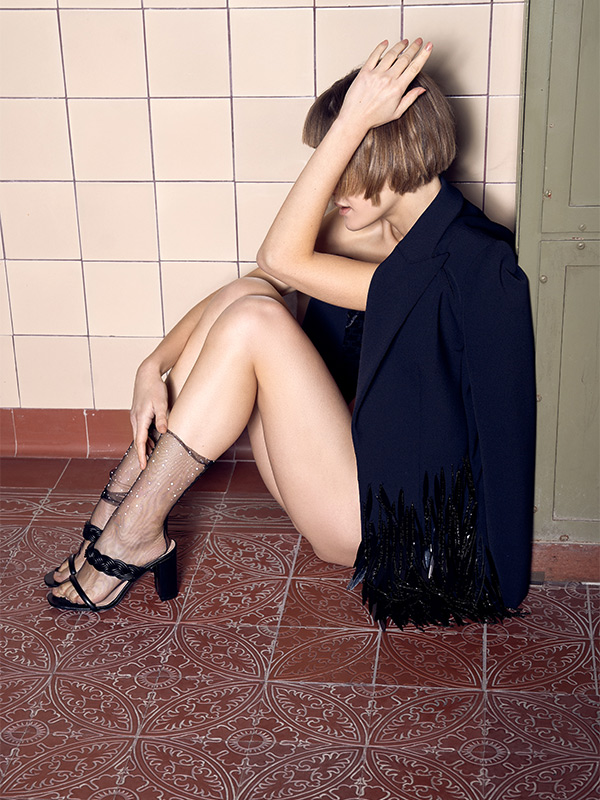On the bike or on foot? Culture or cuisine? Big city feeling or romantic landscapes? Luxembourg has something for everyone, from shopaholics to adrenaline junkies, because although it has just 630,000 inhabitants, the country between Belgium, France and Germany has so much to offer that it will keep you coming back. FACES goes in search of the best trails, the coolest museums and the most beautiful places whose photos will blow up your Instagram feed.
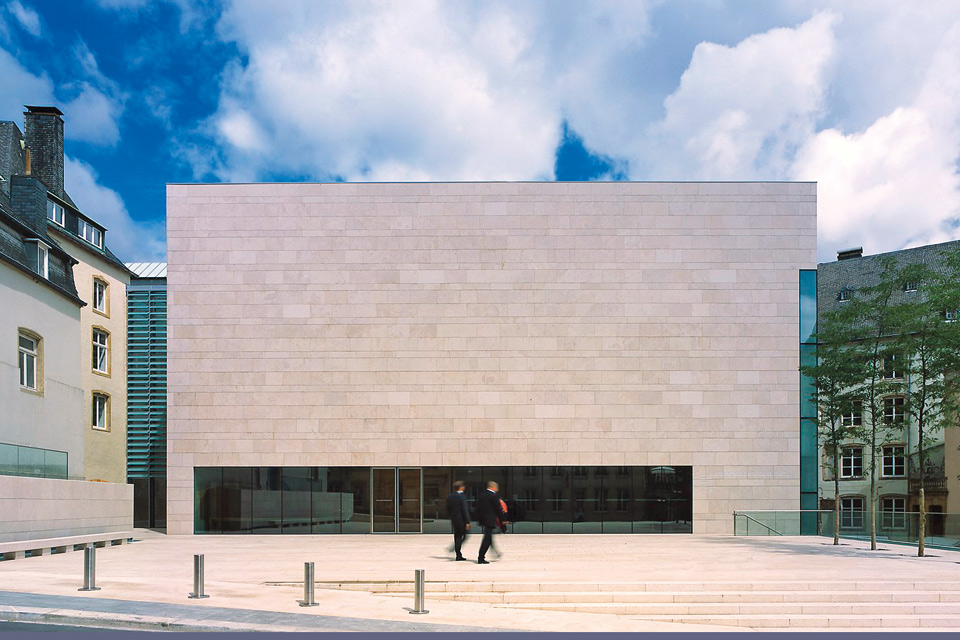
The Culture Enthusiast
The culture enthusiast eagerly devours any literature he can get his hands on on the history and culture of a country. It’s crystal clear that he never misses a museum on his trip.
Why here?
So much culture in such a small area: no wonder, as Luxembourg City was awarded the title of European Capital of Culture in 2007, and in 2022 the southern metropolis of Esch-sur-Alzette will also receive the same award.
Where to go?
The capital city with its museums, where you could spend days, is definitely not to be outdone in terms of sightseeing. Shaped by the most diverse cultures and eras, medieval relics can be found here as well as the most modern architecture. The MUDAM, the Philharmonie and the Casino Luxembourg are among the most important places to go for culture vultures.
Good to know:
With the hop-on hop-off buses in Luxembourg City and the free public transport system throughout Luxembourg, you can quickly and conveniently explore all the museums and cultural highlights if your feet no longer carry you. A visit to the theaters and concert halls is a must, as they are architectural masterpieces that are often listed buildings.
Specialty:
There is hardly any other place where you feel as quickly transported back in time as in Luxembourg, which, thanks to its numerous castles and palaces, looks like a backdrop from a Brothers Grimm fairy tale. Beaufort Castle near Echternach, the oldest town in the country, produces the blackcurrant liqueur “Casséro”, and Bourscheid Castle is the largest castle in Luxembourg. Also great: Vianden Castle, an architectural dream come true.
Not to forget:
Like something straight out of a Mad Max movie: the Belval blast furnaces. 180 steps and a height of 40 meters have to be climbed to get a view of the entire Belval district and its surroundings from Blast Furnace A. Anyone visiting Luxembourg should not miss the photo exhibition “The Family of Man” in Clervaux.
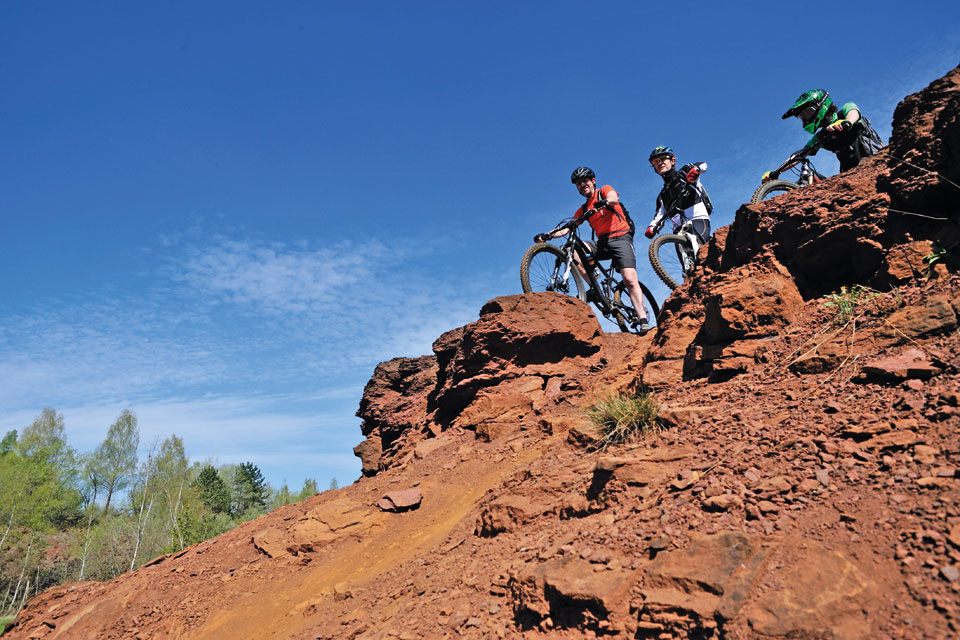
The Adrenaline Junkie
The adrenaline junkie wants to get up high and explore the places that the run-of-the-mill tourist ignores. Bicycles or mountain bikes are his choice and, in addition to his own muscle power, he is driven by his dogged mind.
Why here?
Over 600 kilometers of cycle paths and over 700 kilometers of mountain bike trails are ready to be explored. And: Luxembourgers love their bikes and are only too happy to indulge in cycling in their free time.
Where to go?
The Bavigne-Boulaide route is a trail with a panoramic view, and the 18-kilometer Beckerich route takes you through the river. The absolute highlights include routes such as Ellergronn in Minett, the land of the red earth. If you’re feeling ambitious, sign up for the Mill Man Trail in Echternach, a round trip without timekeeping over distances of 40 to 100 kilometers, where you can measure your strength against others every spring.
Good to know:
Proceeding in the middle of nowhere or constantly being pushed offside by motorists? Neither happens here, as Luxembourg’s cycle paths are well signposted and are mostly away from road traffic. If you prefer to pedal in a group rather than alone, book a tour with the regional tourism associations and let experienced cyclists show you the most beautiful spots.
Specialty:
Due to the variety of options, the tours in Luxembourg are often divided thematically. For example, the Vennbahn cycle path, one of the longest railroad cycle paths in Europe, leads not only through Luxembourg but also through Belgium and Germany over 125 kilometers, and if you want to combine pedaling with culture, choose the UNESCO Bike Tour in Luxembourg City.
Not to forget:
The use of public transportation in Luxembourg is free of charge. Perfect for choosing routes further afield and covering part of the trail by train.
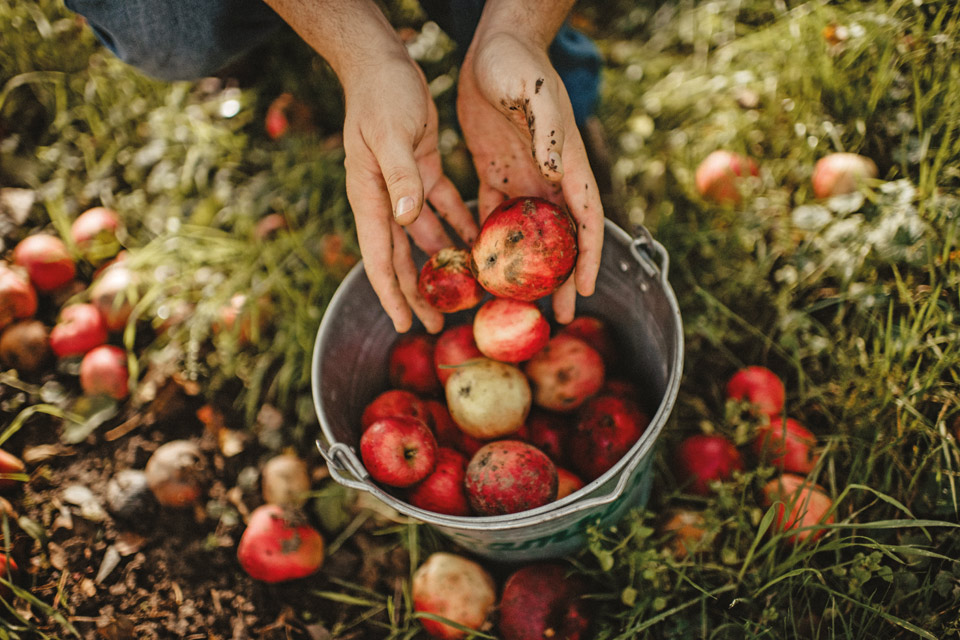
The Foodie
The foodie prefers to discover a country with a spoon, knife and fork, nibbling his way from one restaurant to the next.
Why here?
Luxembourg may be one of the smallest countries in terms of area, but when it comes to culinary delights it is one of the biggest. Thanks to its large number of 170 nationalities, the country has something for every palate.
Where to go?
For wines and crémants, scour the Moselle valley, where numerous winegrowers offer tastings in their wine taverns. Of course, there is no shortage of food here, and friture, small fried Moselle fish, are particularly common on the plate in this region. Tea fans are drawn to the Upper Sûre Nature Park, and the Our Valley has special oils in store.
Good to know:
No fewer than nine Luxembourg restaurants are listed in the Michelin Guide and have been awarded stars. In contrast to other highly prized kitchens in other countries, you can get a place in Luxembourg without having to wait on the waiting list for days.
Specialty:
Although Luxembourgish cuisine traditionally consists of many meat dishes, top chefs such as René Mathieu at Bourglinster Castle celebrate vegetables at their best. The country’s specialties: cured and smoked pork neck with broad beans, Träipen, a fried black pudding with potatoes and apple sauce, Bouneschlupp, a green bean soup, or Feierstengszalot, a tasty beef salad.
Not to forget:
Beer brewing, schnapps distilling, winemaking: Luxembourgers adore a good drop. It is not without reason that local wines regularly bag international prizes. Predominantly white grape varieties such as Riesling and Pinot Gris are grown along the 42-kilometer-long Moselle, which supplies the vines with water. In particular: Luxembourg’s Crémant, one of the most celebrated sparkling wines in Europe.

The Shopaholic
Without souvenirs, you can hardly get the shopaholic out of the country he is traveling to. It can be found where money changes hands and change jingles in your trouser pocket.
Why here?
It is rare to find such a variety of stores in such a small area. The good thing is that even the most stubborn shopaholic can keep an overview and is not completely overwhelmed by the range on offer.
Where to go?
In addition to the wineries, farms and traditional businesses, where you can not only taste but also buy their specialties, the capital offers the best place to indulge your shopping desires with over 1,000 stores. In Luxembourg City, various shopping streets undulate through the different districts from the upper town to the main railway station. The picturesque old town is lined with boutique after boutique, Rue Philippe II and its side streets are home to luxury brands from all over the ABCs, and the station district is home to numerous independent stores, mainly on Avenue de la Liberté and around the station.
Good to know:
Luxembourg uses the euro, which makes shopping particularly convenient for Europeans. Before that, people paid with the Luxembourg franc, whose pretty notes and coins gave way to the euro in 2002.
Specialty:
Chocolate and wine are among the obvious souvenirs, while the Péckvillchen, the traditional terracotta bird whistle, is one of the must-buys. Luxembourg is also a good place to fill your jewelry box with jewels, as it is home to a particularly large number of jewelry designers and watchmakers.
Not to forget:
If you’ve had enough of being indoors, take a stroll through one of the many markets in Luxembourg City. Here you can buy fresh fruit and vegetables, flowers, confectionery and jams. The center also hosts a flea market every first Sunday of the month, which makes bargain hunters and hagglers equally happy.
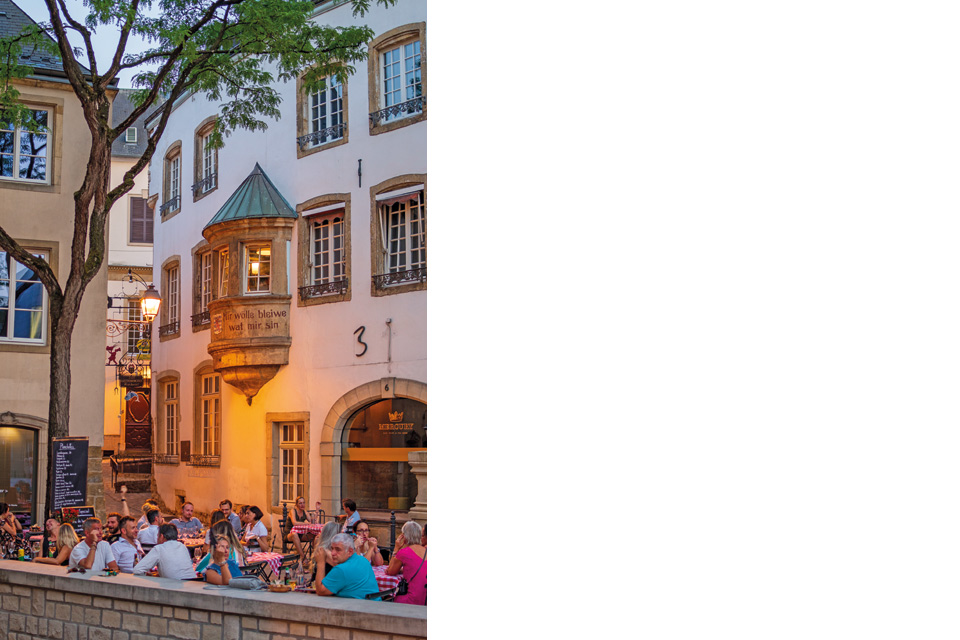
The City Lover
In, look around and out again: this is the city lover who likes to visit a city over the weekend and get a taste of the big city air.
Why here?
With an area of just under 52 square kilometers, Luxembourg City is a manageable size. The capital is a place of contrasts that celebrates its history, but is not afraid to take one step at a time into the future.
Where to go?
The Place d’Armes is a hive of activity – both during the day and in the evening. Bars are located in the lower town of Grund and Clausen, and Les Rives de Clausen, the former industrial area that, together with Hollerich, is currently being hyped as one of Luxembourg’s hipster districts.
Good to know:
The Péitruss skate park and the Kyosk on Kirchberg are among the most beautiful places in the city where you can enjoy life in the midst of modern architecture. From the nightlife district of Les Rives de Clausen, you have the best view of the city and can certainly take one of the most beautiful panoramic photos Luxembourg has to offer.
Specialty:
Digitality makes everyday life easier, and anyone who is overwhelmed by what Luxembourg has to offer can simply take a look at the VisitLuxembourg app. All the highlights are collected here, tours and visits can be booked directly and locals give their best tips.
Not to forget:
The density of local markets is particularly high in Luxembourg City. In addition to the farmers’ markets, the flea markets are also worth a visit, such as the one in the city center, which takes place on the first Sunday of every month, or the one on the Place d’Armes, where you can hunt for bargains twice a month.
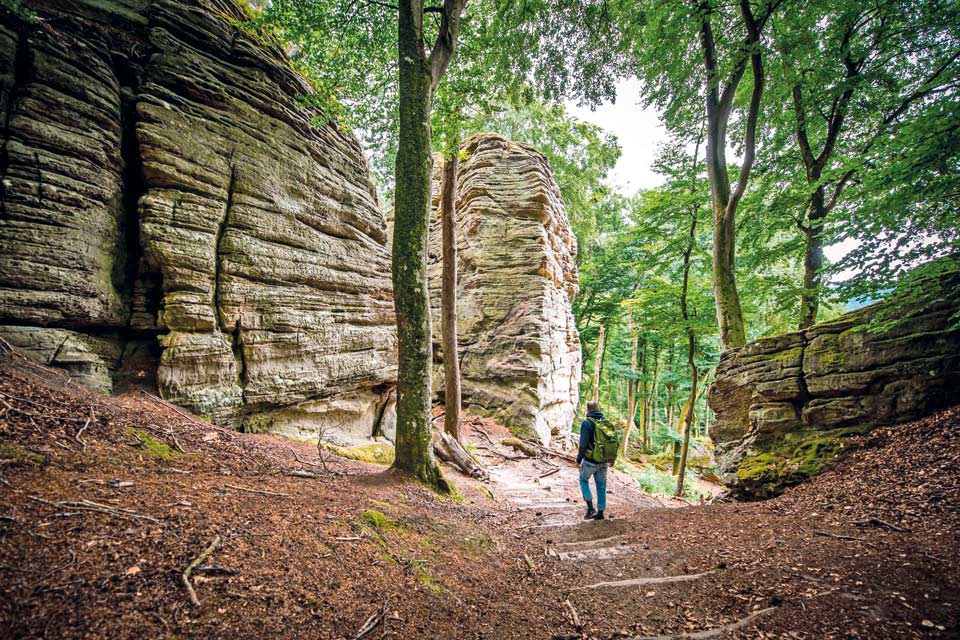
The Energetic
Strolling through a museum for hours on end is not for the Energetic, he needs plenty of exercise, which he prefers to get by hiking and walking.
Why here?
Ancient ruins, picturesque villages and breathtaking panoramas: Luxembourg is one of the best places to explore on foot, and if you don’t want to carry your sandwich with you all the time, stop off at one of the inns and sample the local specialties.
Where to go?
Deciding on a route is about as difficult as understanding the Luxembourgish language. In the Éislek region, there is the Escapardenne, which includes the Lee and Éislek trails, which are 52 and 52 km long respectively. 106 kilometers in length. Both belong to the Quality Hiking trails – best of Europe and impress with their breathtaking landscapes. The Moselle has three circular trails, Palmberg (9 km), Schengen (7.7 km) and Manternacher Fiels (9.6 km), also known as dream loops.
Good to know:
Those whose hiking boots and calves allow it can choose one of the 40 to 60-kilometre routes and spend the night in one of the picturesque villages. There are separate maps for each region, which can be collected from the tourist office.
Specialty:
No more paved roads: In Luxembourg, nature lovers get their money’s worth, as most of the paths are natural, albeit so well maintained that normal hiking boots are enough to conquer them.
Not to forget:
At 112 kilometers, the Mullerthal Trail is one of the best-known hiking trails and is divided into three routes, 1 to 3. The Mullerthal region has truly earned the nickname “Luxembourg’s Little Switzerland”, as you cross gorges, hike through forests and past canyons and occasionally come across small villages scattered across the landscape. Special highlight: the Mullerthal Route 2 with the Trooskneppchen viewpoint, the Wollefsschlucht gorge, where wolves actually used to live, the Hohllay cave and spectacular rock formations.
Luxembourg
Population: 634,730
Area: 2,587 square kilometers
National languages: Luxembourgish, French, German
Capital: Luxembourg City with 124,500 inhabitants
Form of government: Constitutional monarchy
Currency: Euro
Arrival: Luxembourg Airport, Swiss flies five times a week non-stop from Zurich to Luxembourg, Luxair flies four times a week non-stop from Berlin to Luxembourg
You can find more information about Luxembourg, its highlights and the most beautiful sides of the country at visitluxembourg.com
